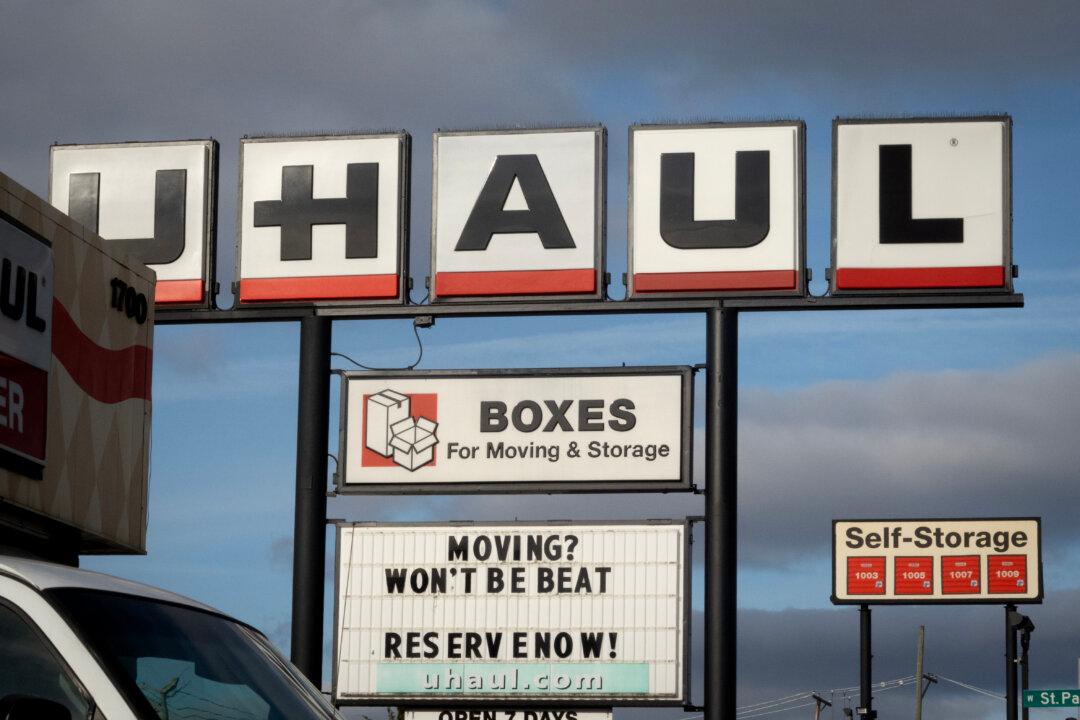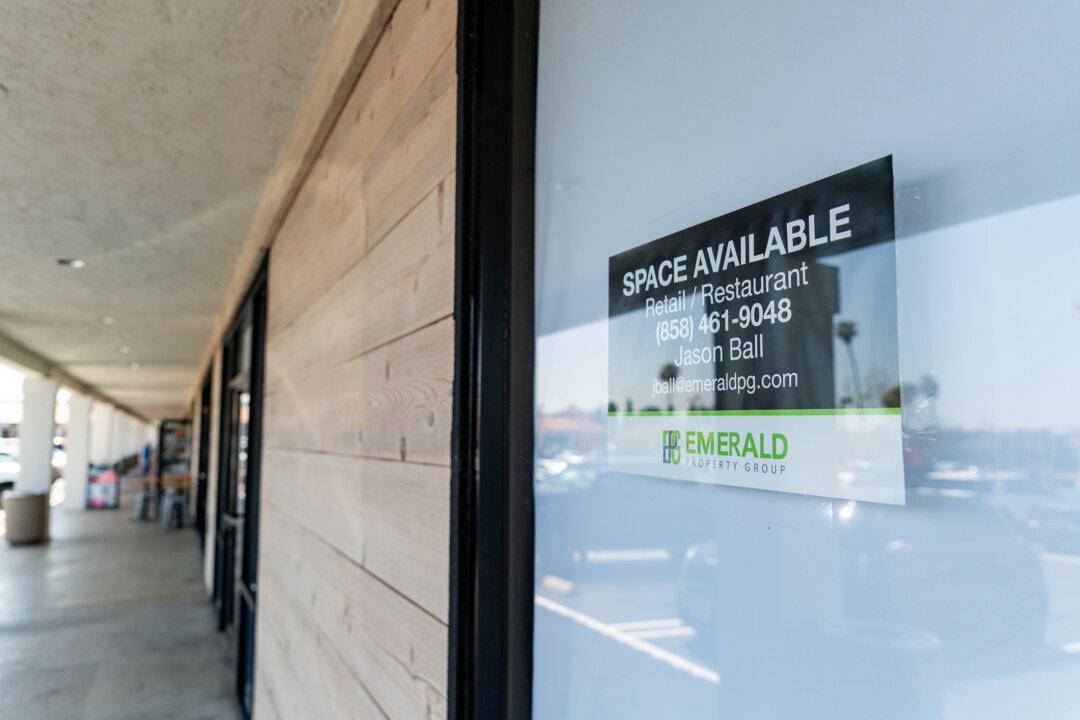Wholesale prices of used cars declined for the sixth straight month in November, after hitting record levels earlier this year, but retail prices remain stubbornly high as American shoppers face rising interest rates.
The Manheim Used Vehicle Value Index, a leading indicator of wholesale used-car prices in the United States, dipped 0.3 from October to November, down 15.6 percent from the historical high it reached in January, according to a new report.





